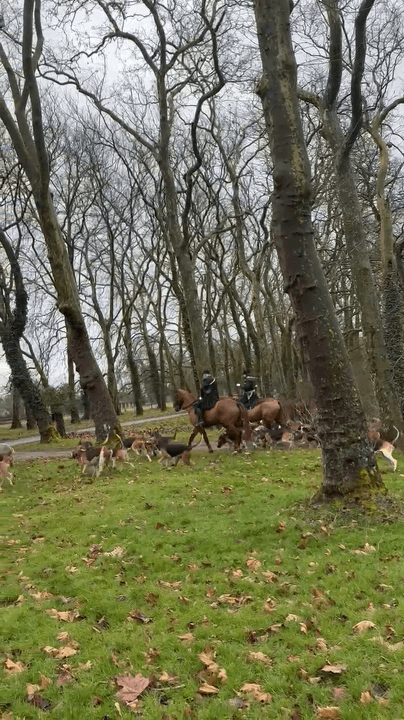
Hunting in North-West Cameroon: Misty Highlands, Montane Wildlife, and the Resilience of Tradition in a Region of Cultural Richness and Ecological Contrast Highland forests, volcanic slopes, and ecological transitions The North-West Region of Cameroon is a land of dramatic elevation and striking contrasts — from the mist-covered hills of the Bamenda Highlands to the grassy escarpments near Mount Oku. Situated on the western edge of the Cameroon Volcanic Line, this region boasts a unique mixture of montane forests, savannah patches, and forest-savannah mosaics. The cooler climate and fertile volcanic soils create conditions for both dense biodiversity and agricultural abundance. Unlike the open plains of the north or the dense jungles of the south, hunting here often takes place along forested ridgelines, valleys, and transitional zones where highland species thrive in scattered pockets. Subsistence and symbolism: the enduring role of hunting in the highlands Hunting in North-West C
Post: 29 July 11:47















































